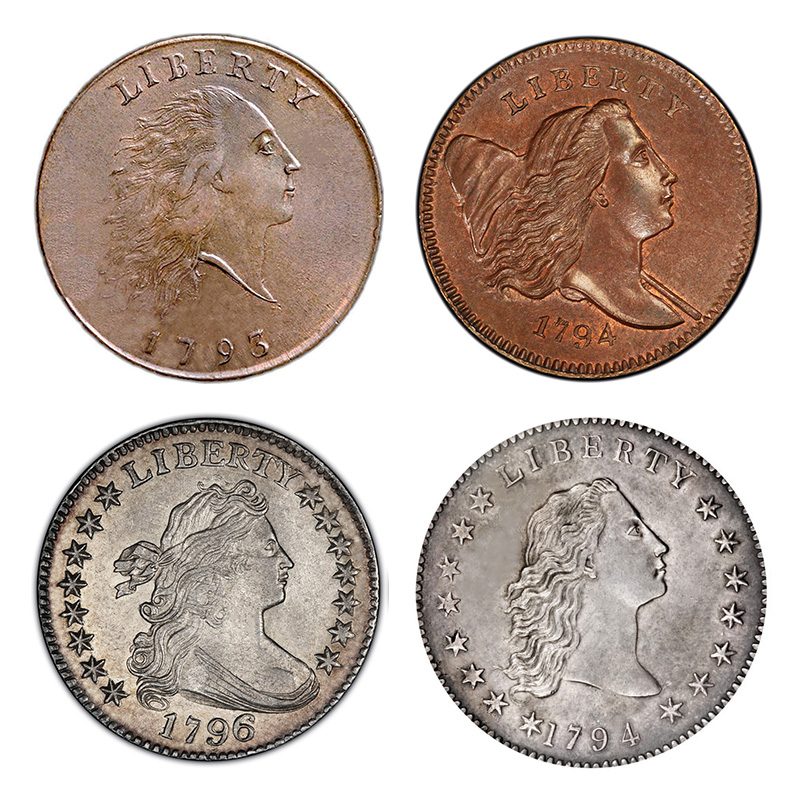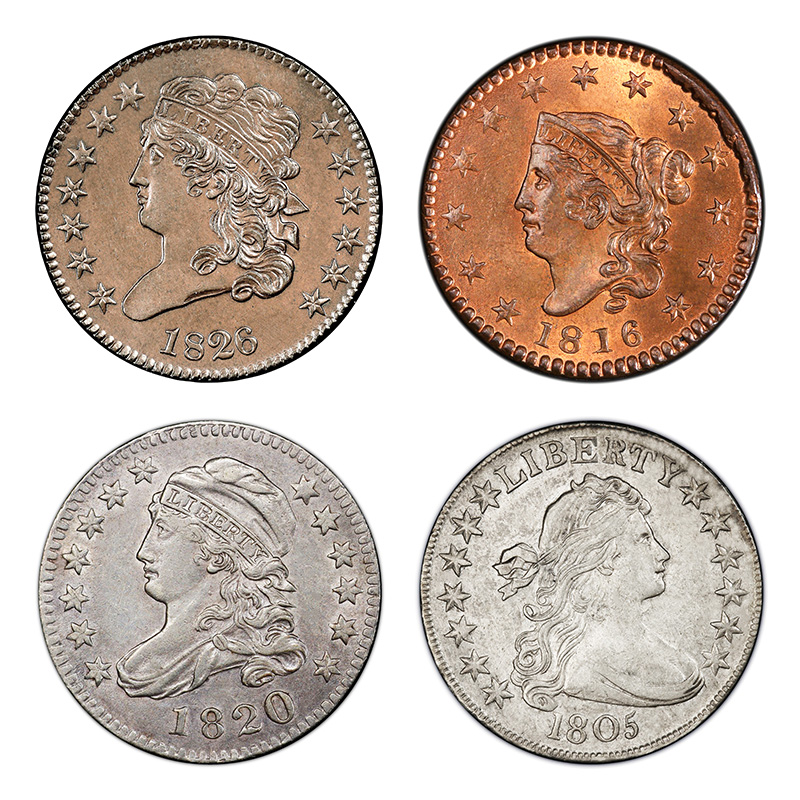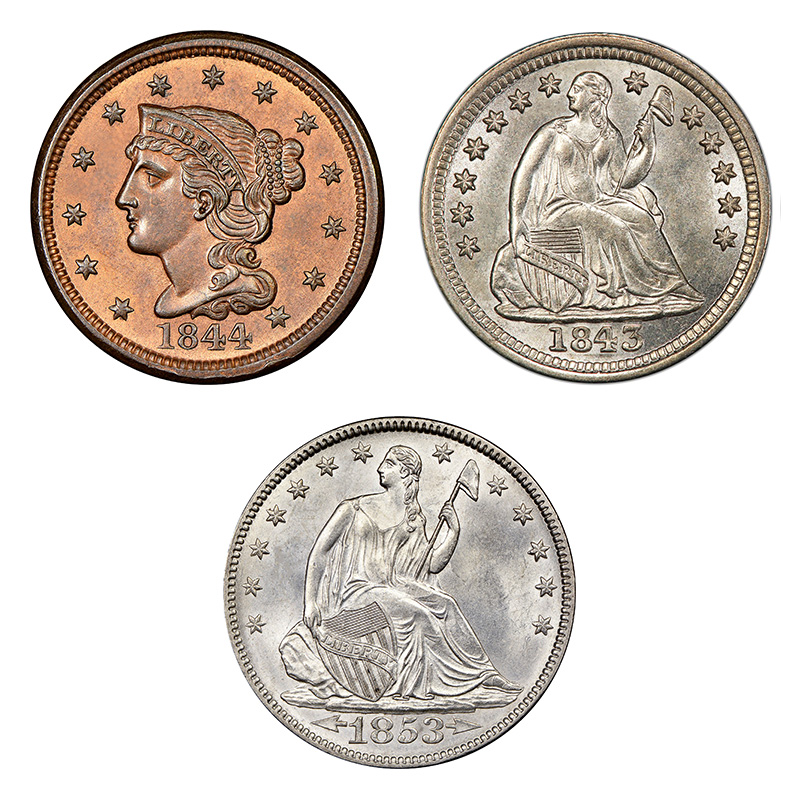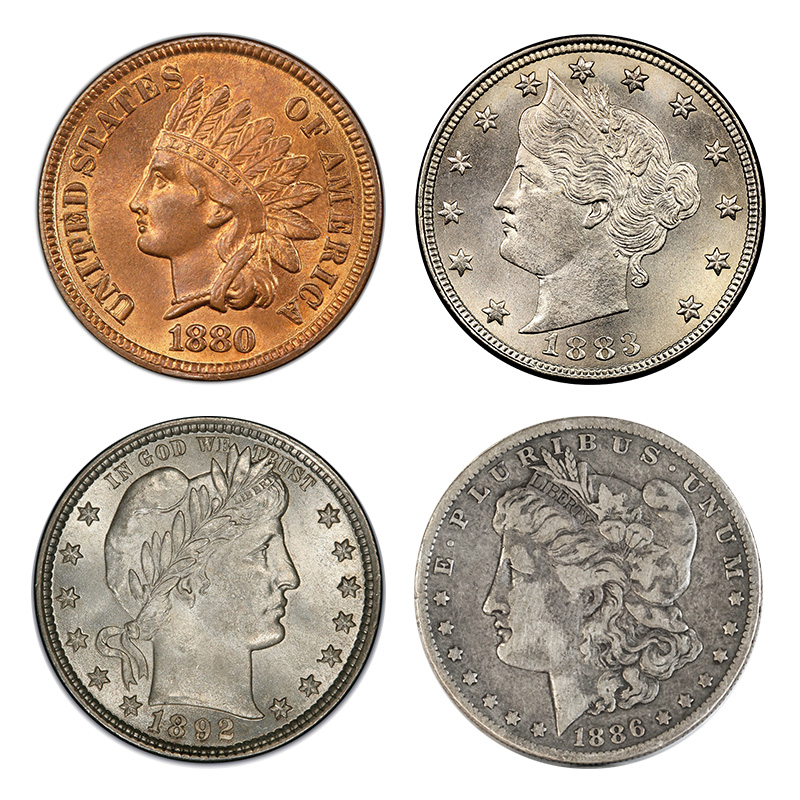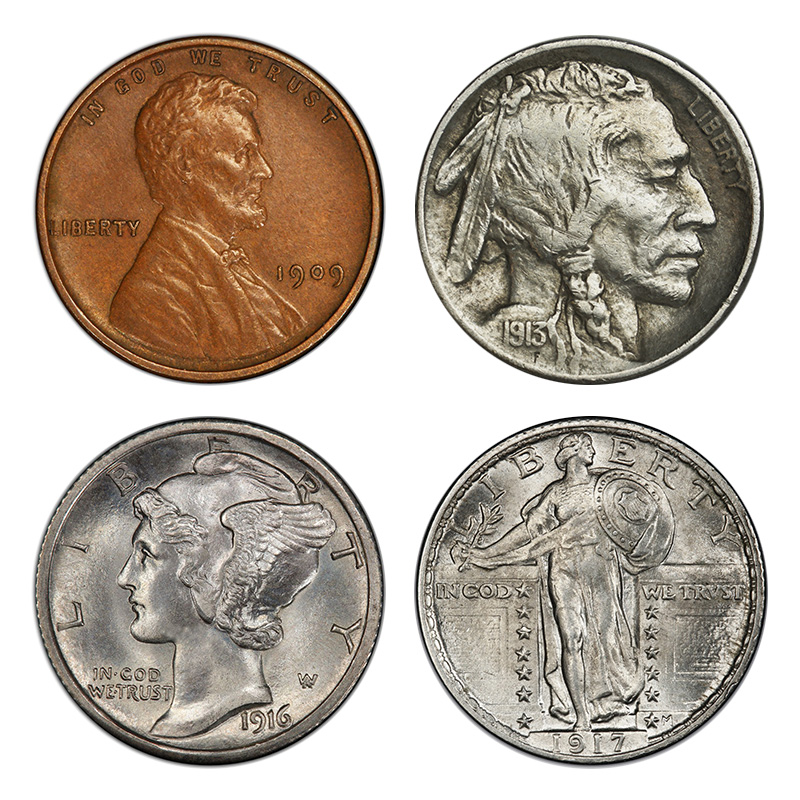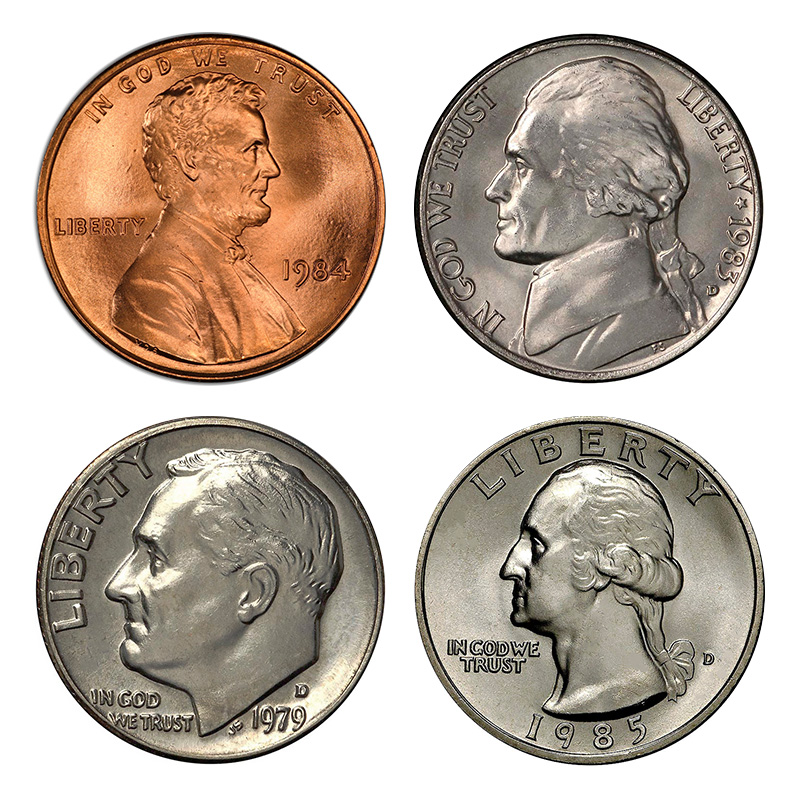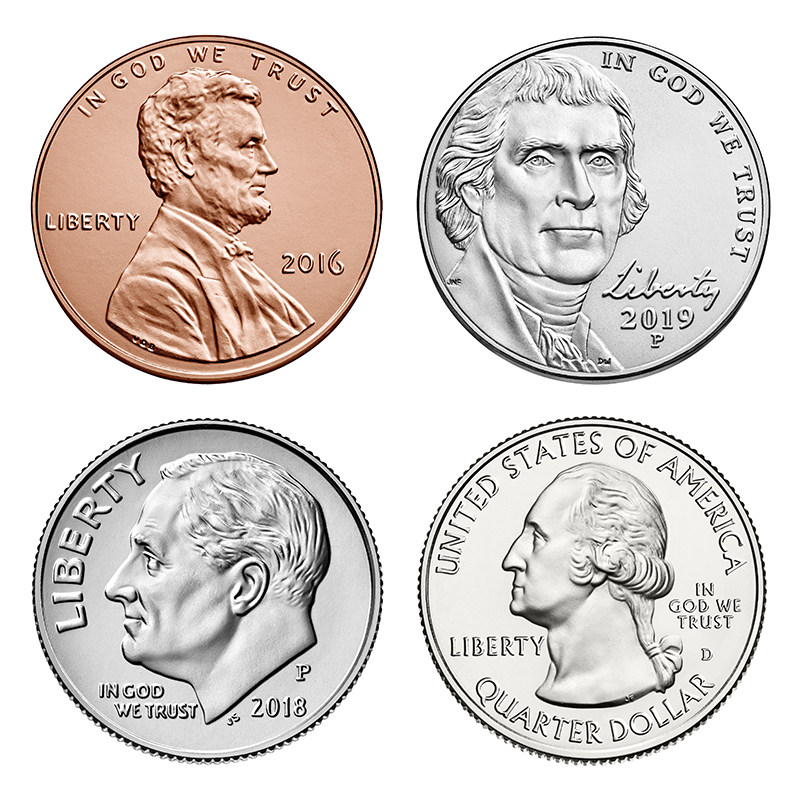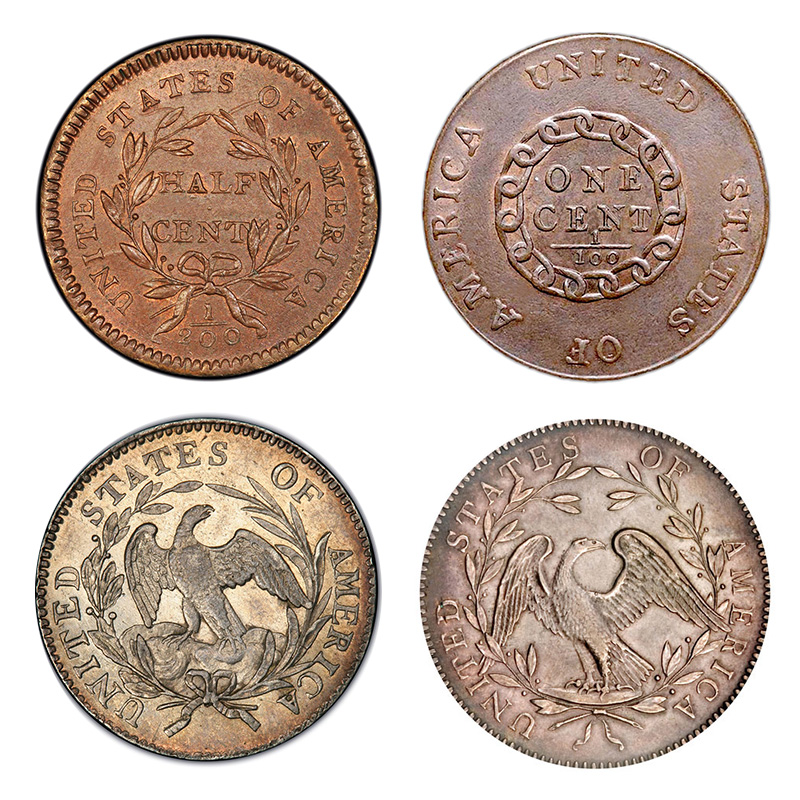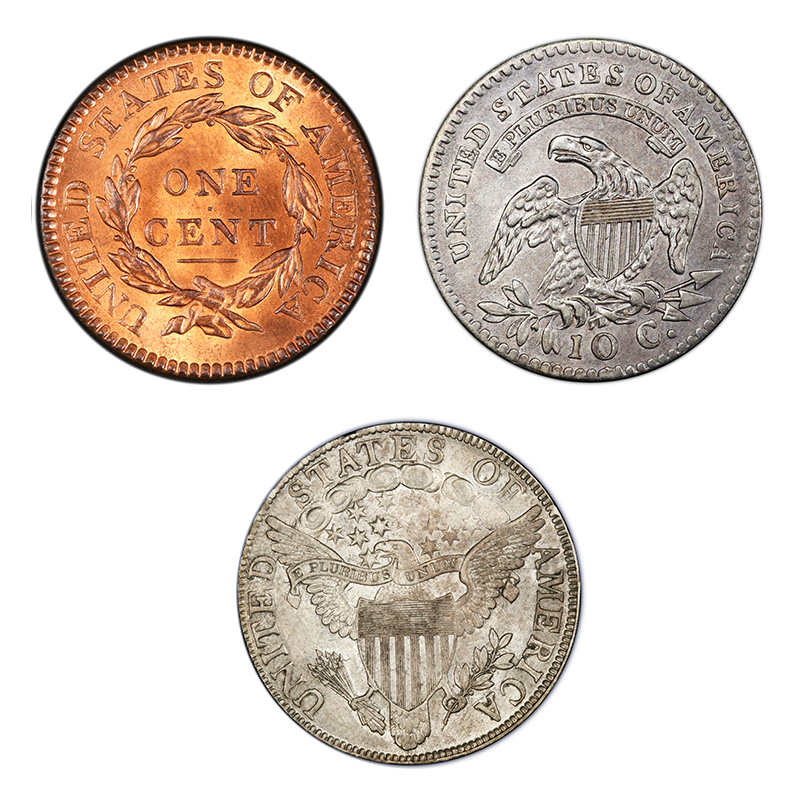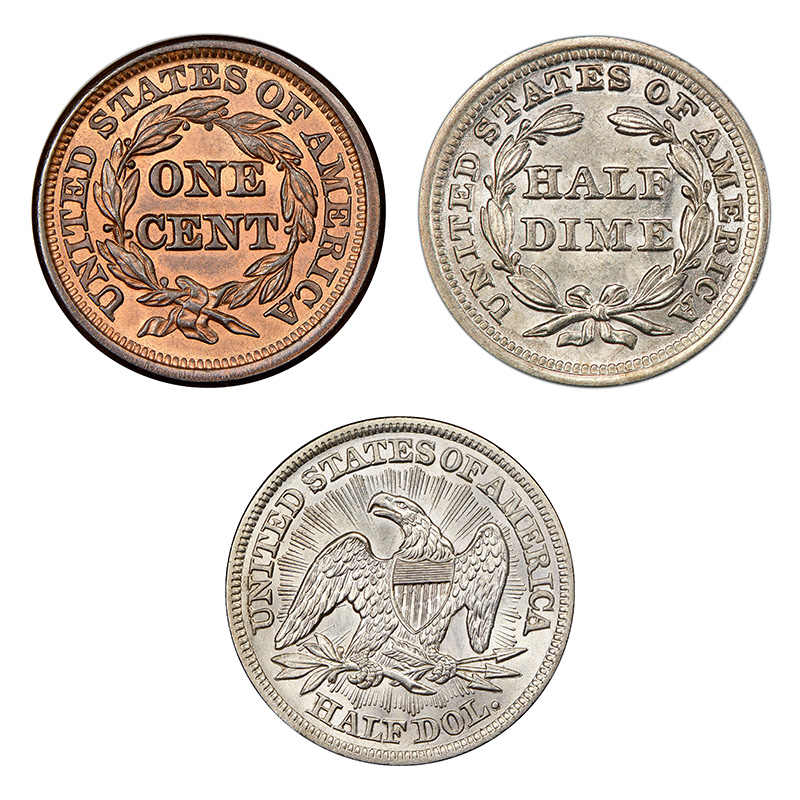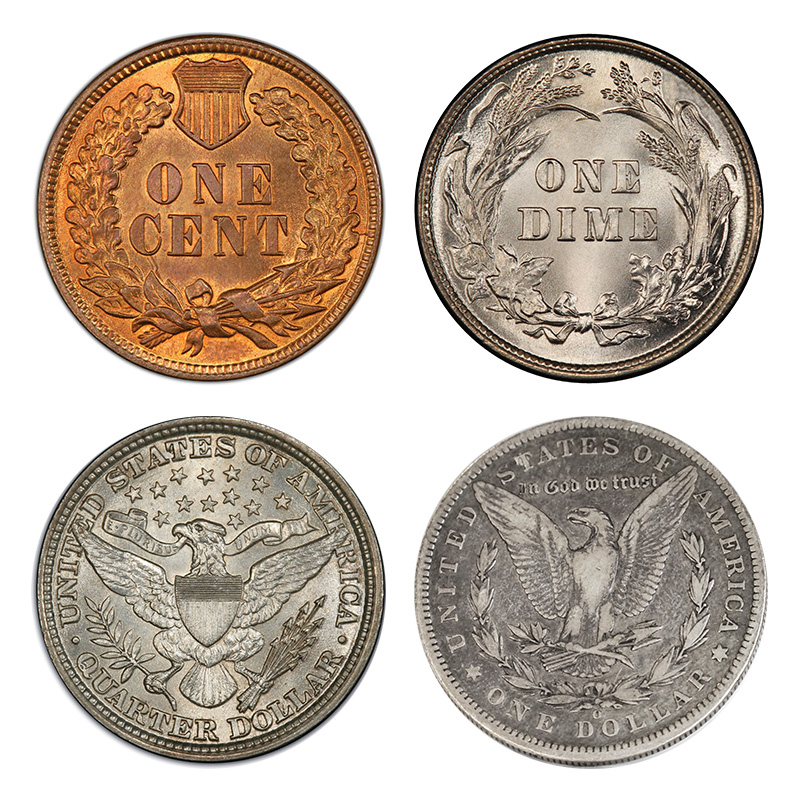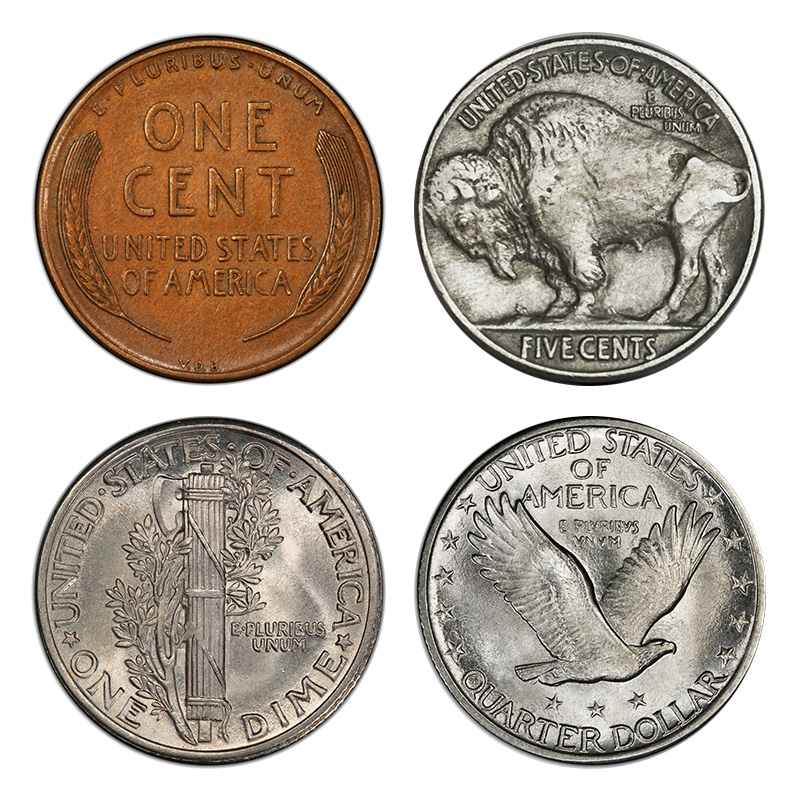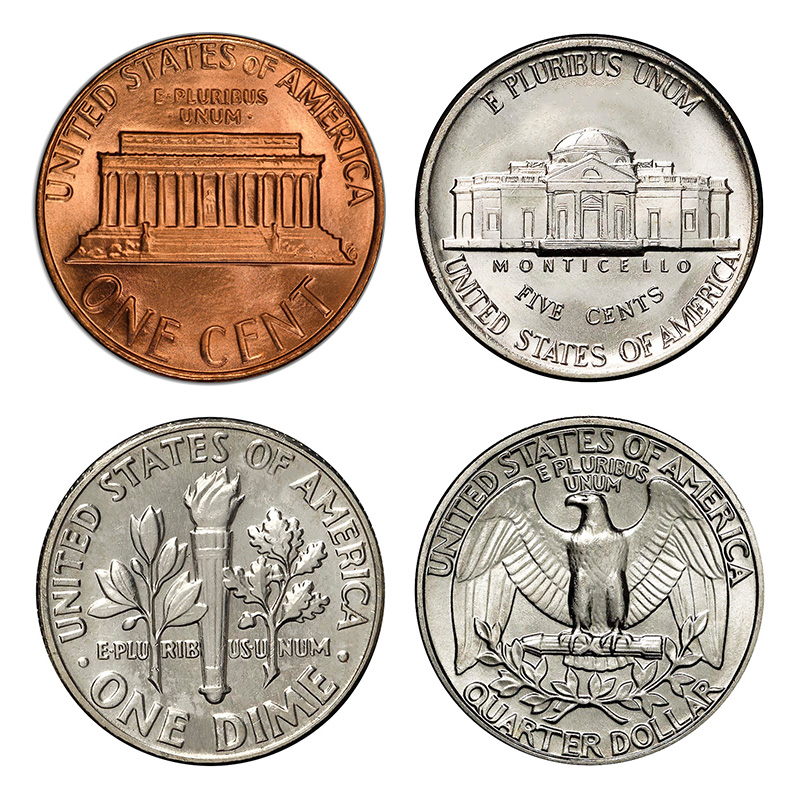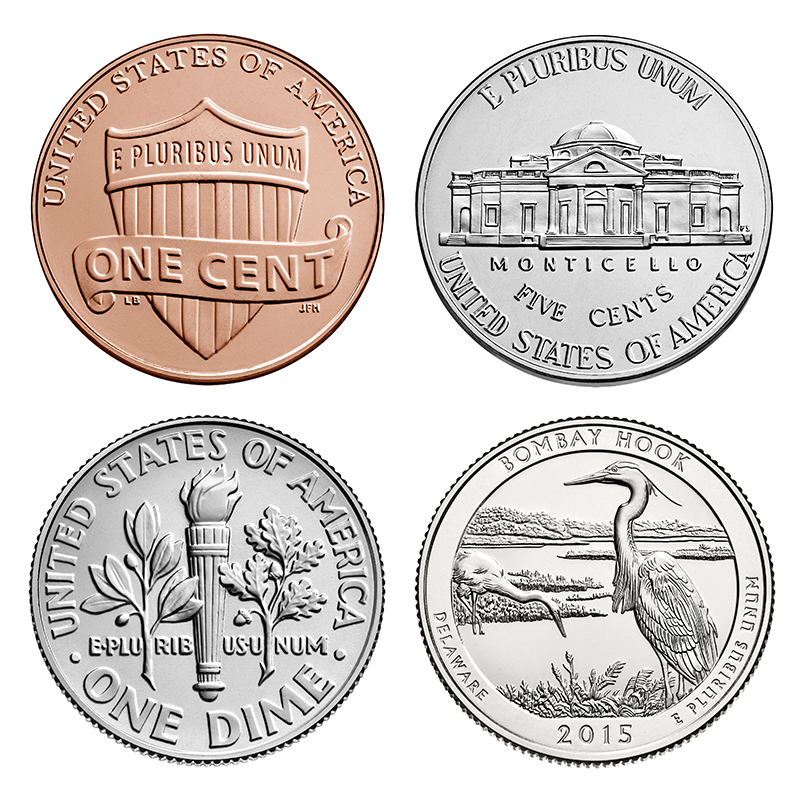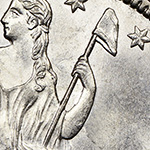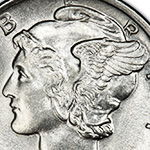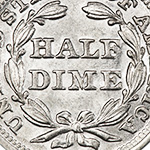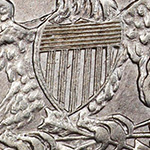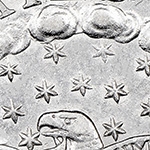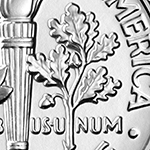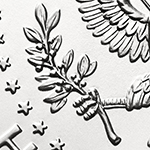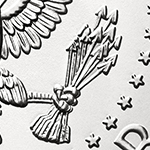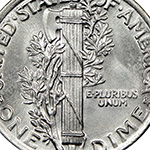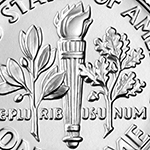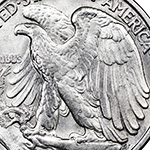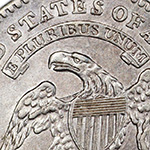The story of U.S. circulating coins began long before the opening of a national mint in 1792. Before national coinage, a mix of foreign and domestic coins circulated, both during the Colonial Period and in the years following the Revolutionary War. After Congress established the U.S. Mint in 1792, the Mint struggled for many years to produce enough coins. Finally, production numbers grew to meet the demands of a growing nation, providing some of the most beloved circulating coin designs.
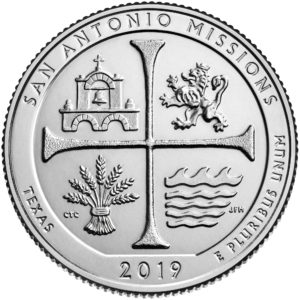
During the Colonial Period, a variety of coins circulated, including British pounds, German thalers, Spanish milled dollars, and even some coins produced by the colonies. Spanish milled dollars became a favorite because of the consistency of the silver content throughout the years. To make change for a dollar, people sometimes cut the coin into halves, quarters, eighths, and sixteenths to match the fractional denominations that were in short supply.
After the Revolutionary War, the Articles of Confederation governed the country. The Articles allowed each state to make their own coins and set values for them, in addition to the foreign coins already circulating. This created a confusing situation, with the same coin worth different amounts from state to state.
In 1787, after much debate about national coinage, Congress authorized the production of copper cents. Called Fugio cents, the coins featured a sundial on the obverse and a chain of 13 links on the reverse. However, the following year, a majority of states ratified the Constitution, establishing a new government and creating a new debate over national coinage.
Coinage Act of 1792
The Coinage Act of 1792 established a national mint located in Philadelphia. Congress chose decimal coinage in parts of 100, and set the U.S. dollar to the already familiar Spanish milled dollar and its fractional parts (half, quarter, eighth, sixteenth). This resulted in coins of the following metals and denominations:
Copper: half cent and cent
Silver: half dime, dime, quarter, half dollar, and dollar
Gold: quarter eagle ($2.50), half eagle ($5), and eagle ($10)
In 1792, during construction of the new Mint, 1,500 silver half dimes were made in the cellar of a nearby building. These half dimes were probably given out to dignitaries and friends and not released into circulation. The Mint delivered the nation’s first circulating coins on March 1, 1793: 11,178 copper cents.
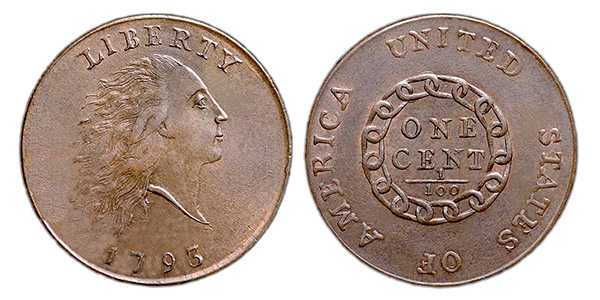
These new cents caused a bit of a public outcry. They were larger than a modern quarter, a bulky size for small change. The image of Liberty on the obverse showed her hair steaming behind her and her expression “in a fright.” The reverse featured a chain of 15 links, similar to the Fugio cent. However, some people felt that it symbolized slavery instead of unity of the states. The Mint quickly replaced the chain with a wreath, and a couple months later designed a new version of Liberty.
Although individual states were no longer authorized to produce coins, legislation temporarily allowed certain foreign coins to continue to circulate until the Mint released enough coins to handle the country’s needs.
Barriers to Circulation
Unfortunately, the Mint struggled with putting enough coins into circulation. Copper cents enjoyed relatively stable production, but not in high enough numbers. This was partly due to the rise in the cost of copper. In 1857, Congress discontinued the unpopular half cent and made the cent smaller to cut back on the amount of copper needed.
Coinage of silver and gold coins started in 1794 and 1795. But at first, these coins didn’t circulate. The Coinage Act of 1792 set the ratio of silver to gold at 15:1, which was different than the world market. U.S. gold coins were undervalued compared to silver, so they were exported and melted. Silver dollars were also exported for use in international trade or stored as bullion.
During the early 19th century, depositors such as banks supplied the silver and gold for coining and chose which coins they wanted back. Their preference was for the largest denominations of each metal. The Mint rarely coined the smaller denomination silver coins – half dimes, dimes, and quarters – needed for daily transactions.
In an effort to bring gold and silver coins into circulation, Congress passed various Acts to discontinue the silver dollar and gold eagle, and to change the weight of coins and ratio of gold to silver. With the help of these laws, new coining technology, and the opening of branch Mints around the country, production increased. Smaller denominations entered circulation in great enough numbers to provide for the country’s needs.
Finally, with the passage of the Coinage Act of 1857, Congress banned foreign coins as legal tender.
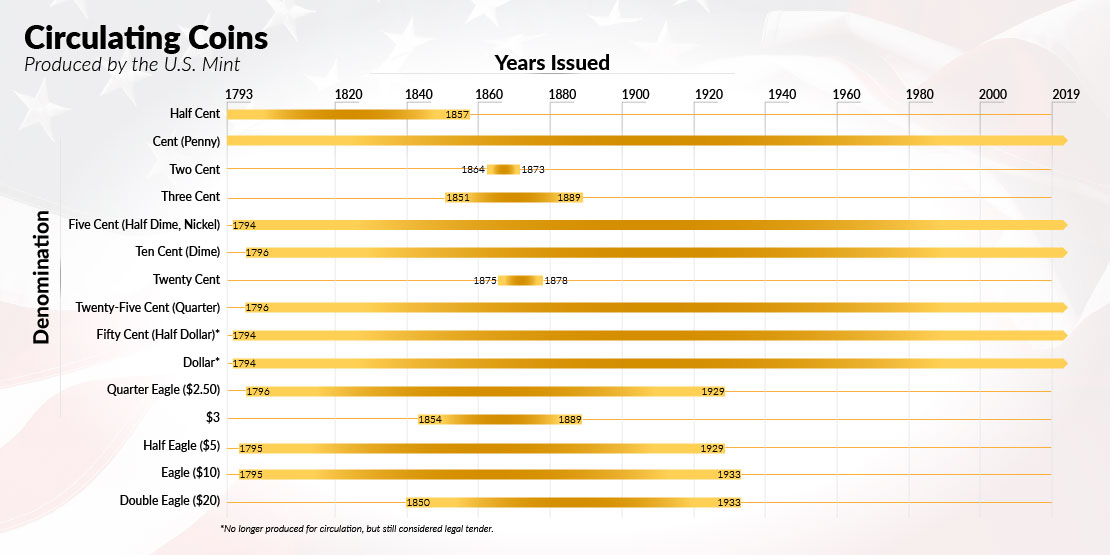
Designs Through Time
The Coinage Act of 1792 specified that all coins have an “impression emblematic of liberty,” the inscription “LIBERTY,” and the year of coinage on the obverse side. The Act required that the reverse of gold and silver coins have a representation of an eagle and the inscription, “UNITED STATES OF AMERICA.” The only requirement of copper coin reverses was to list the denomination of the coin, although a wreath became the standard design until the 20th century. Later Acts were responsible for changing the inscriptions and elements that we recognize on our coins today.
Obverse Designs
The face of Lady Liberty appeared on our circulating coins for more than 150 years. When considering options for our first coins, Congress debated over whether to feature George Washington and later presidents. Many believed that putting the current president on a coin was too similar to Great Britain’s practice of featuring their monarchs. Instead, Congress chose to personify the concept of liberty rather than a real person.
The figure of Liberty, often with a cap and pole, had been a symbol used during the American Revolution. Because of Liberty’s origins as a Greco-Roman goddess, early coin designs portrayed her with classical style clothes, facial features, and symbols. (See Symbols on Our Coins below.)
In 1909, Abraham Lincoln replaced Liberty on the penny. Presidents then appeared on other denominations: the quarter in 1932; the nickel in 1938; the dime in 1946; the half dollar in 1964; and finally, the dollar in 1971. Liberty last appeared on a circulating coin in 1947 in the final year of the Walking Liberty half dollar.
Reverse Designs
The bald eagle appeared on the reverse of gold and silver coins, often as a heraldic eagle modeled after the Great Seal of the United States. The heraldic eagle with wings spread clutched an olive branch in one talon and arrows in the other with a shield in front. Sometimes stars and clouds appeared above the eagle to symbolize America as a new nation.
The eagle has endured longer than Liberty on our circulating coins, still appearing on the Kennedy half dollar today. The Buffalo nickel was one of the first coins to deviate from the traditional eagle or wreath designs by featuring an American bison on the reverse. Since then, Congress sometimes authorizes new reverse designs to commemorate certain events or places, such as the Lincoln Bicentennial One Cent Program, the Westward Journey Nickel Series™, and the America the Beautiful Quarters® Program.
Symbols on Our Coins
Our early and modern coins are full of symbolism. Many symbols have ancient Greek and Roman origins and were widely used in the 18th and 19th centuries.



